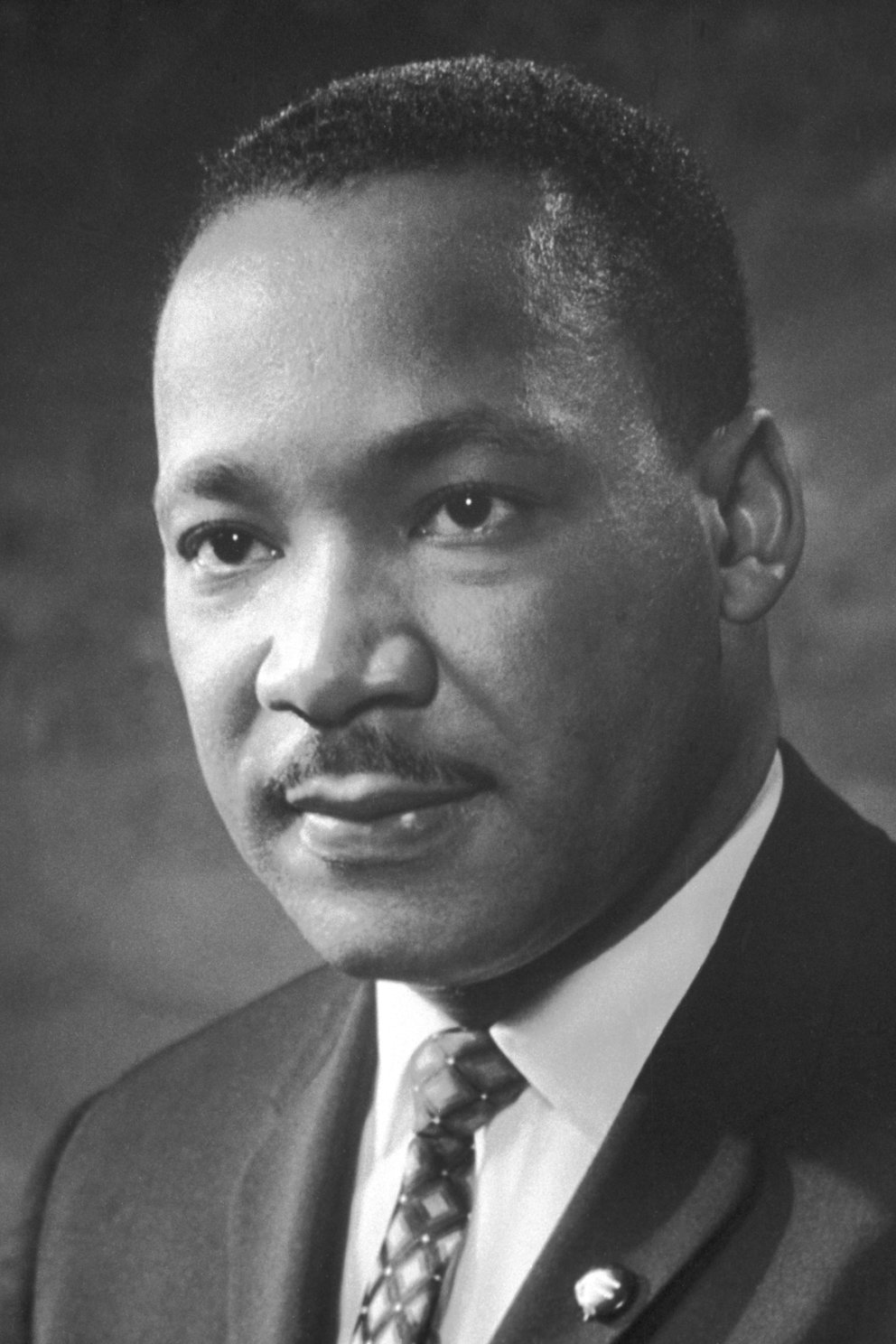 |
| Abandoned room in the Chernobyl Exclusion Zone |
The Chernobyl Nuclear Power Plant (Ukraine) reactor explosion and fire occurred on this day in 1986. The event remains the worst accident of its kind. A precise number of casualties will never be known beyond the 41 who died during and in the few months following the event.
On the edge of the plant, a city died. Its 50,000 people were evacuated in two days leaving behind a photograph of interrupted lives. In the 38 years since the reactor meltdown and fire the decaying remains of Pripyat have become a prime destination for those seeking the disturbing presence of abandoned and decaying places.
The background radiation in Pripyat remains about three times above normal with hot spots exceeding fifty times normal. The situation has not prevented the growth of a robust tourist industry focused on the event and its aftermath. Although the recent Russian invasion of Ukraine has brought tourism to a halt this site is a good indicator of the response to curiosity surrounding the area. In time I have no doubt that tourists will return to experience what has become one of the strangest places on the planet.



































